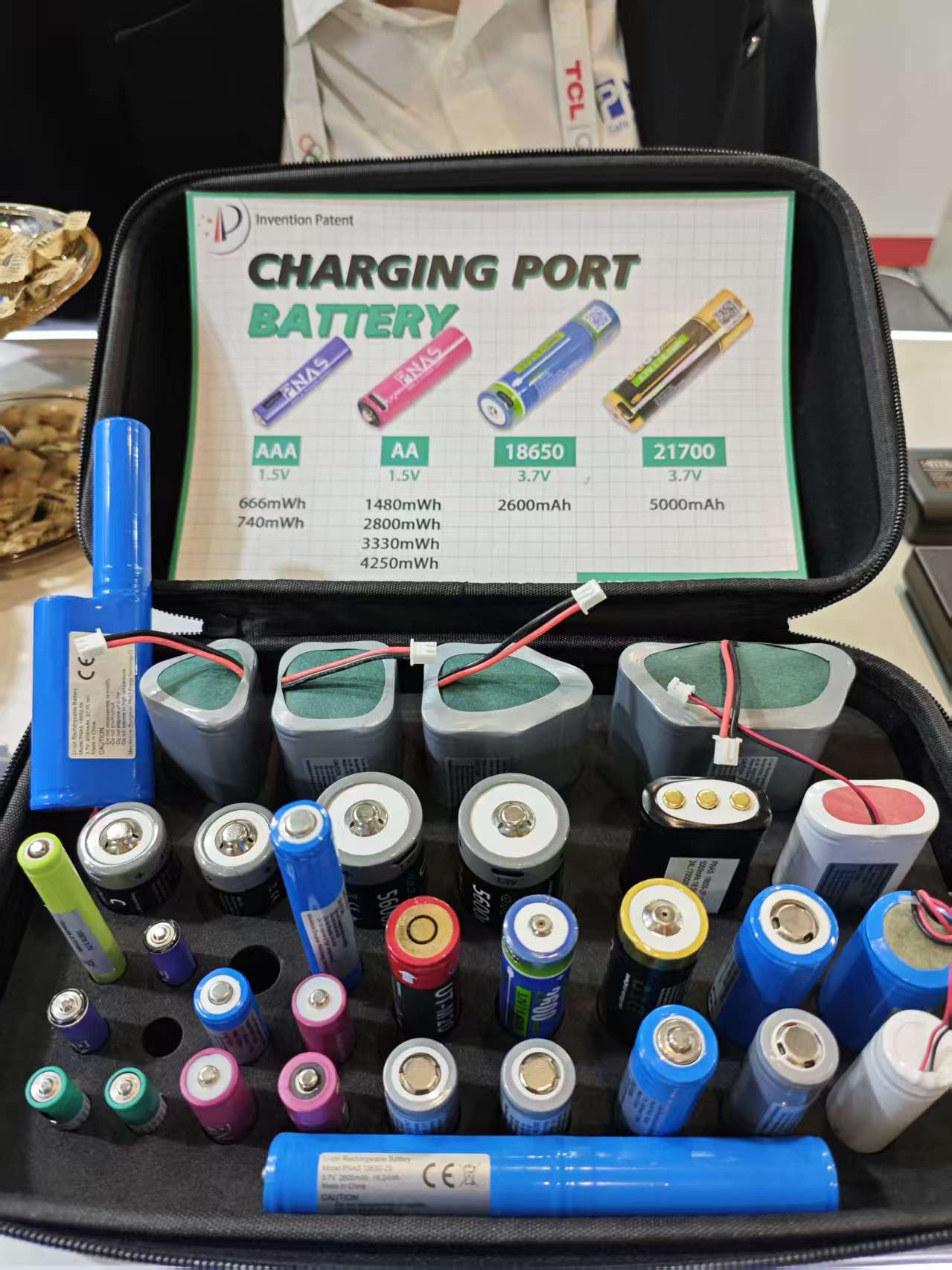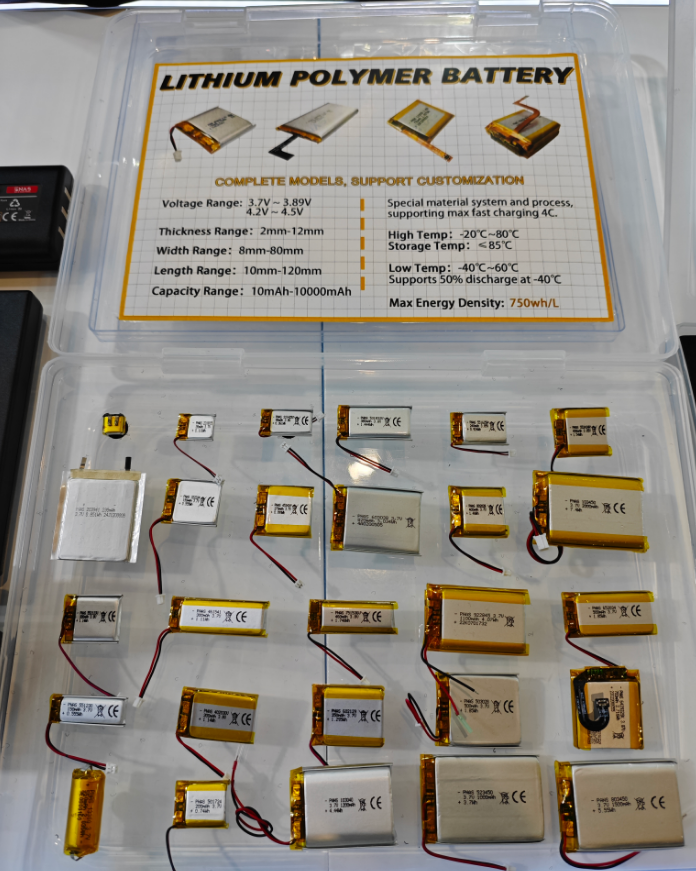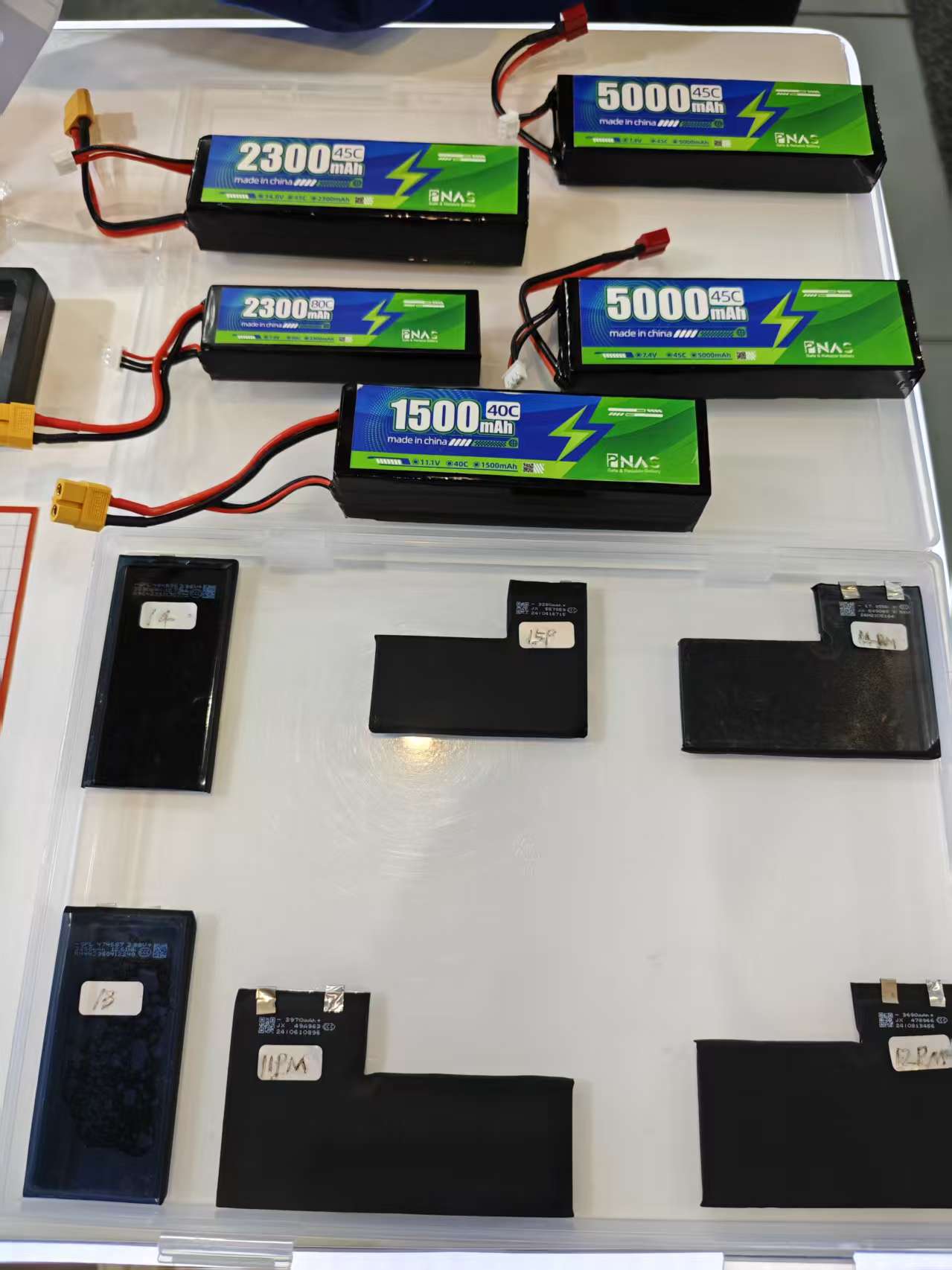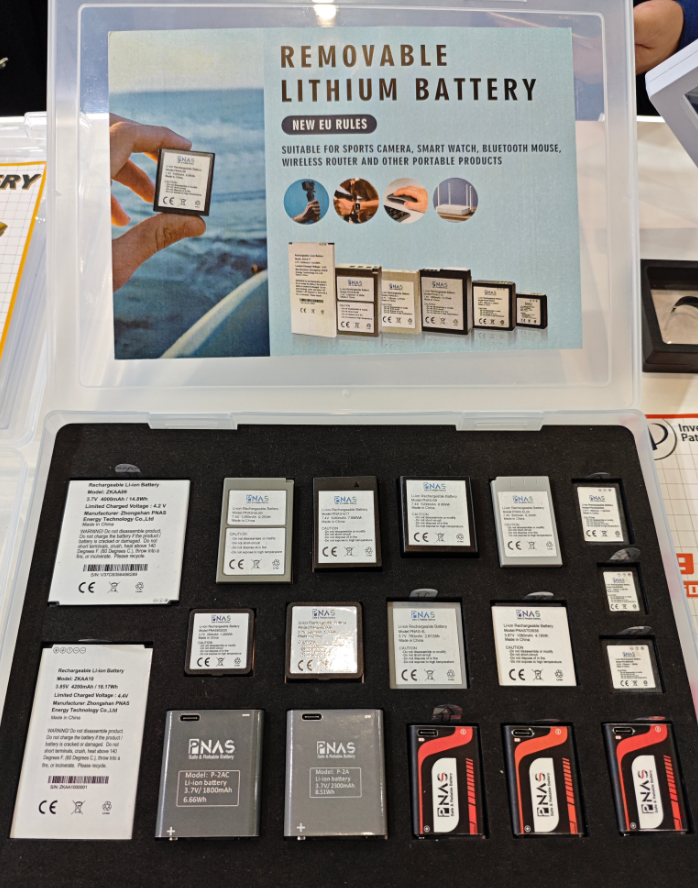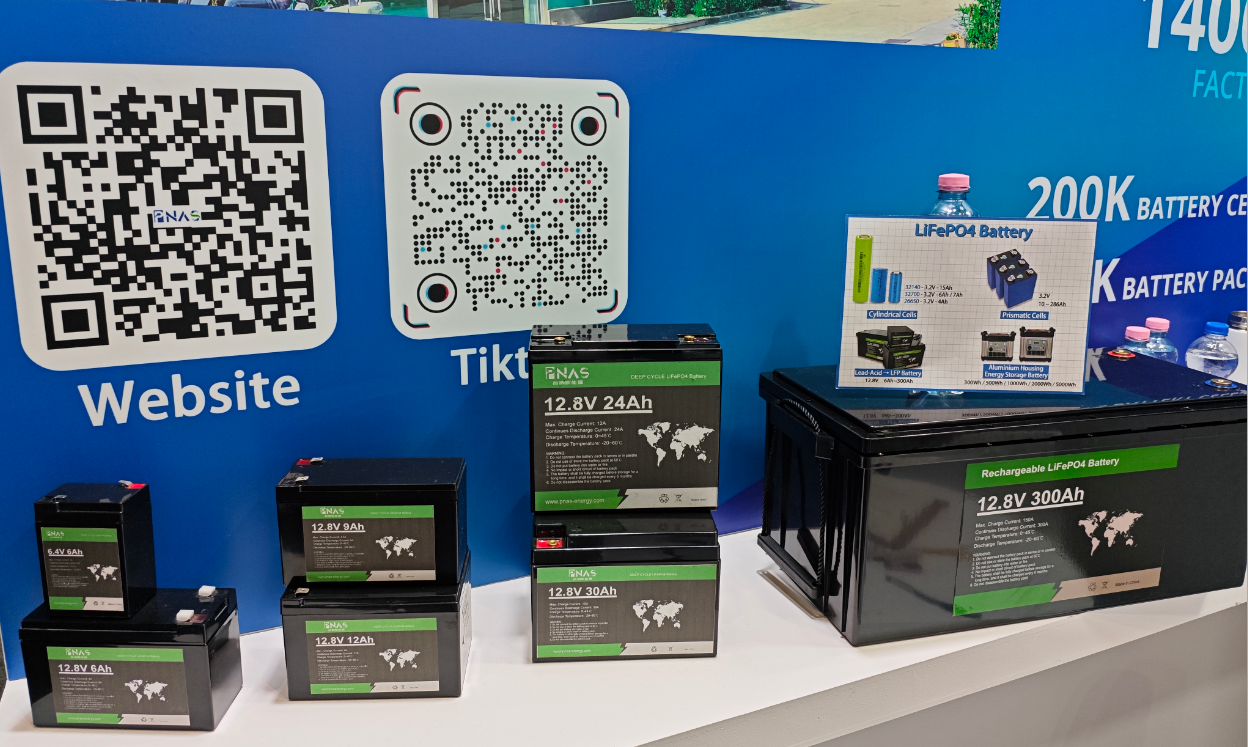Date: 2025-09-19 hits: 417
On September 9, 2025, the Berlin Electronics Show in Germany concluded successfully. Zhongshan Punas showcased its full range of lithium battery products, attracting considerable attention from both domestic and international customers with its high-quality lithium batteries.
At the show, polymer lithium batteries, with their lightweight form factor and high energy density, attracted significant attention from consumer electronics customers. Lithium batteries with charging ports and removable lithium batteries, with their ready-to-use and easy replacement features, met the needs of diverse scenarios. Batteries specifically designed for low-altitude, economical drones, with their stable flight time and safety performance, also attracted significant attention.
At the show, polymer lithium batteries, with their lightweight form factor and high energy density, attracted significant attention from consumer electronics customers. Lithium batteries with charging ports and removable lithium batteries, with their ready-to-use and easy replacement features, met the needs of diverse scenarios. Batteries specifically designed for low-altitude, economical drones, with their stable flight time and safety performance, also attracted significant attention.
